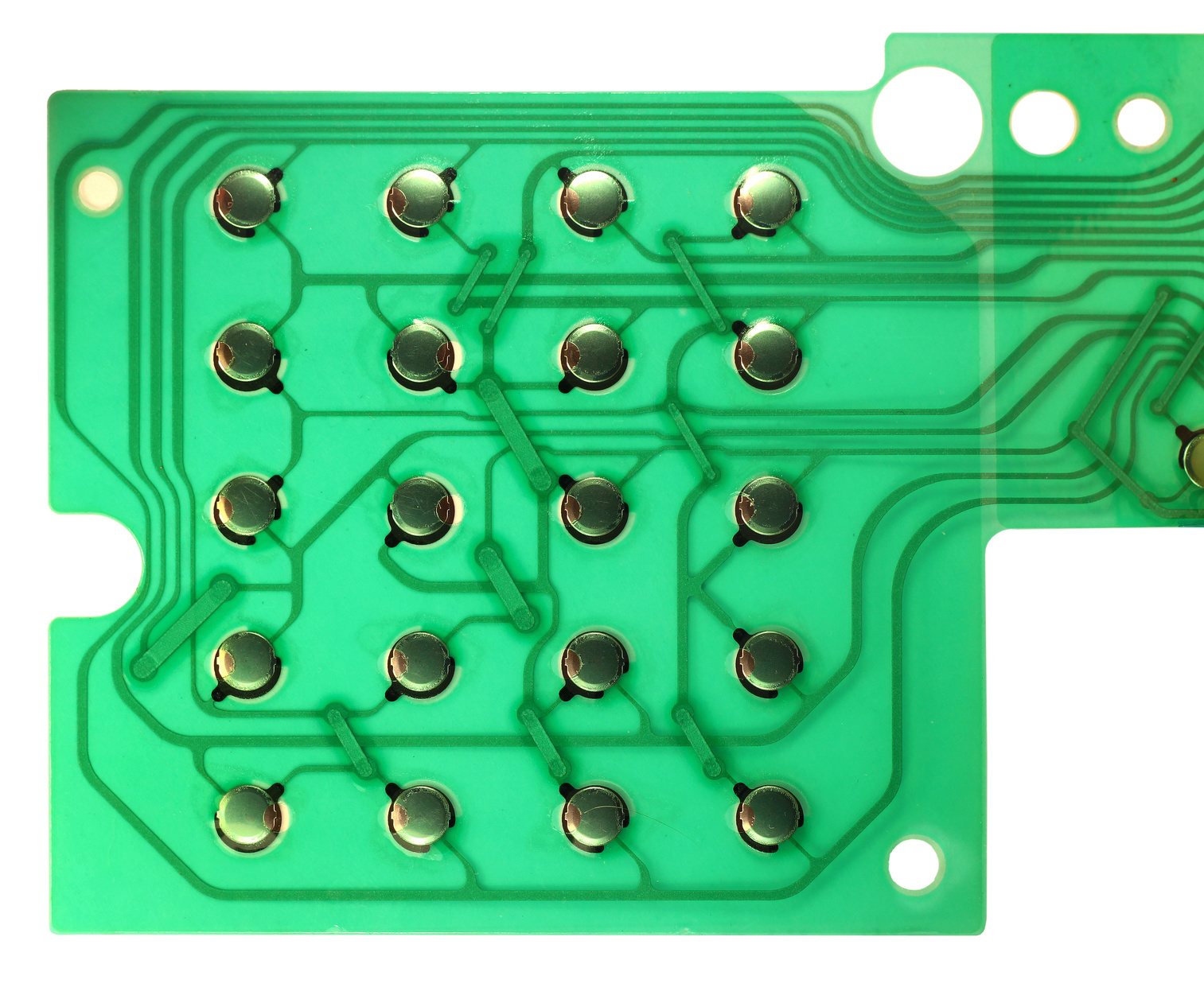Comprehending the Performance of Membrane Switches Over for Individual User Interface Tools
The performance of membrane layer switches stands for a substantial development in customer interface style, incorporating efficiency with visual convenience. As markets significantly prioritize individual experience, recognizing the nuances of membrane layer switch innovation comes to be vital.
What Are Membrane Layer Switches?
Membrane layer buttons are cutting-edge interface gadgets that promote user communication with digital tools. These versatile parts consist of several layers, consisting of a graphic overlay, spacer, and a printed circuit layer. The style enables a seamless combination into numerous electronic devices, improving both the aesthetic and useful elements of customer interfaces.
Membrane layer buttons are commonly employed in a variety of applications, from home appliances to industrial machinery and clinical tools. Their building and construction generally features a thin account, making them a perfect choice for portable styles. The tactile feedback provided by these buttons can be crafted to meet specific customer preferences, making sure reliable communication between the customer and the device.
Durability is an additional significant benefit of membrane buttons, as they are immune to dirt, dampness, and chemicals, which improves their lifespan popular settings. Additionally, these buttons can be personalized in terms of shape, size, and graphic style, permitting branding and user-specific functions. On the whole, membrane layer switches over stand for a practical option for enhancing individual experience in electronic tools, integrating functionality with visual appeal in an effective manner.
Just How Membrane Changes Work
Operating on an uncomplicated principle, membrane layer switches make use of a layered building and construction to register individual input effectively. Each button includes several layers, consisting of a printed circuit layer, a spacer layer, and a leading visuals layer, which are developed to interact effortlessly. When a user presses the top layer, it presses the spacer layer, bringing the conductive elements of the circuit layer into call with each various other.
This get in touch with develops a closed circuit, indicating the tool to execute a certain feature. The style enables various setups, consisting of responsive feedback, which can improve the user experience by supplying a physical sensation upon activation. The materials utilized in membrane layer buttons typically consist of flexible substrates, such as polyester or polycarbonate, which make certain resilience and durability versus damage.

Trick Benefits of Membrane Switches

Another substantial advantage is their density. Membrane buttons are slim and light-weight, which enables manufacturers to conserve space in their tools without compromising functionality. This attribute is particularly valuable in applications where weight and volume are crucial factors to consider.
Additionally, membrane layer buttons are resistant to dirt, wetness, and chemicals, enhancing their longevity. This durability expands their life expectancy and minimizes the need for constant replacements, resulting in price savings with time.
Furthermore, the responsive feedback given by membrane switches can be maximized to improve customer interaction. They can consist of attributes Discover More Here such as raised switches or audible clicks, enhancing use and user experience.
Applications Throughout Industries
Customer interface gadgets making use of membrane switches prevail in a wide variety of sectors, showcasing their adaptability and functionality. Membrane Switch. In the clinical field, membrane switches are important to tools such as diagnostic devices and individual surveillance systems, where their sturdiness and ease of cleaning are important for keeping health standards. In the auto sector, these buttons are used in control panel controls and infomercial systems, giving a sleek and modern interface for users.
Moreover, the consumer electronic devices field gain from membrane switches in appliances and portable tools, where portable design and user-friendly user interfaces improve user experience. Industrial applications likewise take advantage of membrane changes for control panels in equipment and automation systems, stressing their robustness and resistance to harsh environments.
In the aerospace and protection sectors, membrane buttons are made use of in cabin controls and devices, where dependability and performance under severe problems are vital. Furthermore, the gaming sector increasingly includes membrane layer switches in controllers and arcade equipments, adding to an appealing user experience. On the whole, the convenience of membrane switches allows their extensive usage throughout various fields, highlighting their importance in modern interface design.
Future Fads in Membrane Layer Switch Modern Technology

Furthermore, the usage of sophisticated materials, such as polycarbonate and polyester films, is anticipated to increase, giving improved durability and resistance to ecological stressors. These materials add to the total longevity of membrane buttons, making them ideal for harsher industrial applications.
Additionally, the incorporation of smart innovation, including IoT connection, will certainly enable membrane switches to communicate with other gadgets and systems, promoting a much more interactive individual experience. This fad straightens with the growing demand for clever gadgets throughout various markets, from medical care to customer electronic devices.
Lastly, customization options are anticipated to expand, allowing producers to produce bespoke options tailored to certain individual needs and choices. These advancements will place membrane switches as crucial parts in the advancement of interface innovation.
Conclusion
In final thought, membrane layer switches stand for a pivotal improvement in customer interface innovation, supplying a reputable and functional service for varied electronic applications. As improvements in product science and touch noticing technologies continue, the performance and applicability of membrane layer switches are expected to broaden, enhancing their importance in modern-day electronic gadgets.